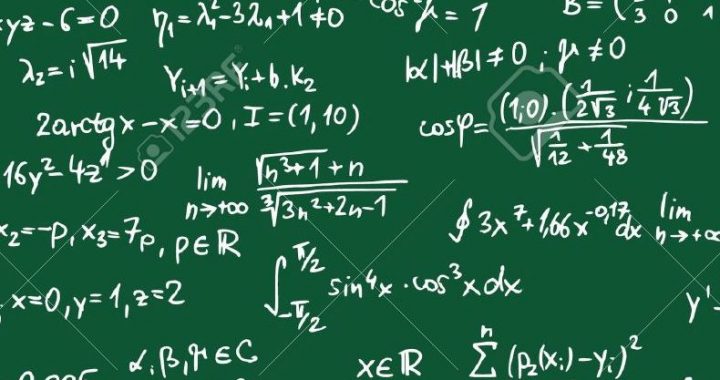Listening recently to an interview of Bjorn Meuris, a wonderful Petit Lenormand reader from Belgium, I was remembered of a new practice I have seen in the last few years. It has become quite common, when looking at facebook groups and online forums, that new elements have been added to the Petit Lenormand system. One of them, when doing a line reading, is calculating the sum of the cards and doing a theosophical reduction to obtain a sort of quintessence card for the reading. The way it works is to add the number of every card in the spread, and if the number is greater than 36, to reduce it by doing the addition of the individual digits. That way, we obtain a number less than or equal to 36, which corresponds to the Petit Lenormand card with the same number.
This practice has been very common in the Tarot de Marseille, especially for the french cross (tirage en croix), where a synthesis card is added in the middle of the cross, by adding the four drawn cards. As far as I could research, this technique was first introduced by the Swiss occultist Oswald Wirth in his 1927 book “Le tarot des imagiers du moyen âge”.
While I respect everybody’s opinion, I personally have a few objections to include this process in my own practice.
First, I like to keep things simple and as traditional as possible. Why would I start doing calculations in front of a consultant when it’s much easier to draw an additional card, if one is needed?
Second, how meaningful can it be? How is the additional information going to help me interpret the original spread and help in replying to the question? Let’s take a recent example I had in a daily draw.

The original cards are whip (11), snake (7), and cross (36). Not the most beautiful spread someone could get! If we add the card numbers, 11 + 7 + 36, we obtain 54. As the number is greater than 36, we add the digits, 5 + 4, giving 9 for the calculated card: the bouquet.
How should I integrate that additional information into the original spread interpretation? Among arguments (whip) and backstabbing (snake) producing pain (cross), I’m going to find some happiness? How useful can this be as quintessence of the reading? It goes in a totally opposite direction, and quite often the additional information obtained contradicts the original spread.
Third, I made a small computer program that, for all the possible combinations of the cards, calculates their sum with the exact same method and give the probability of obtaining such or such card. Here is a graph of the results for 3 Petit Lenormand cards.

As you can see, the cards we get the most when adding are the snake, the coffin, the bouquet, the scythe, the whip, the birds and the child. And even in between these, the probability of obtaining each one of them is different. At the other end of the scale, you will almost never get the rider, the clover or the ship.
Again, how meaningful is it to obtain the same 7 cards out of a deck of 36 cards, 9 times out of 10? There is no randomness. At minimum, to have a reliable divination system, every piece of information or card should have the same chance of being selected. If it’s not the case, how useful can this be? If the dice are loaded, that’s certainly not divining.
Deck: Maybe Lenormand by Ryan Edward.
